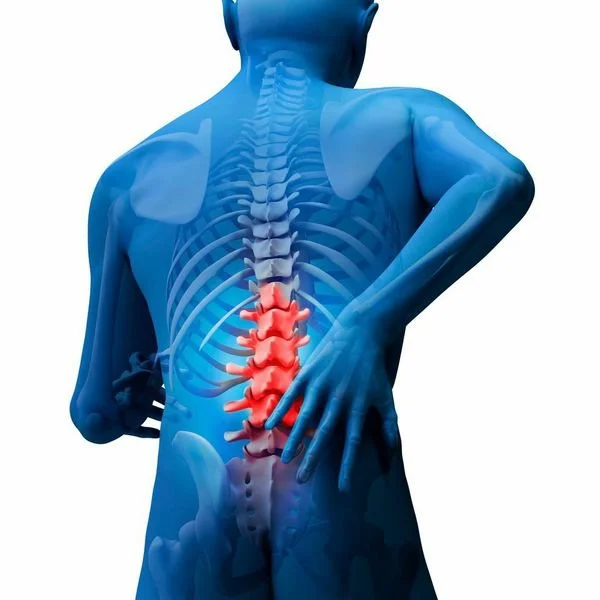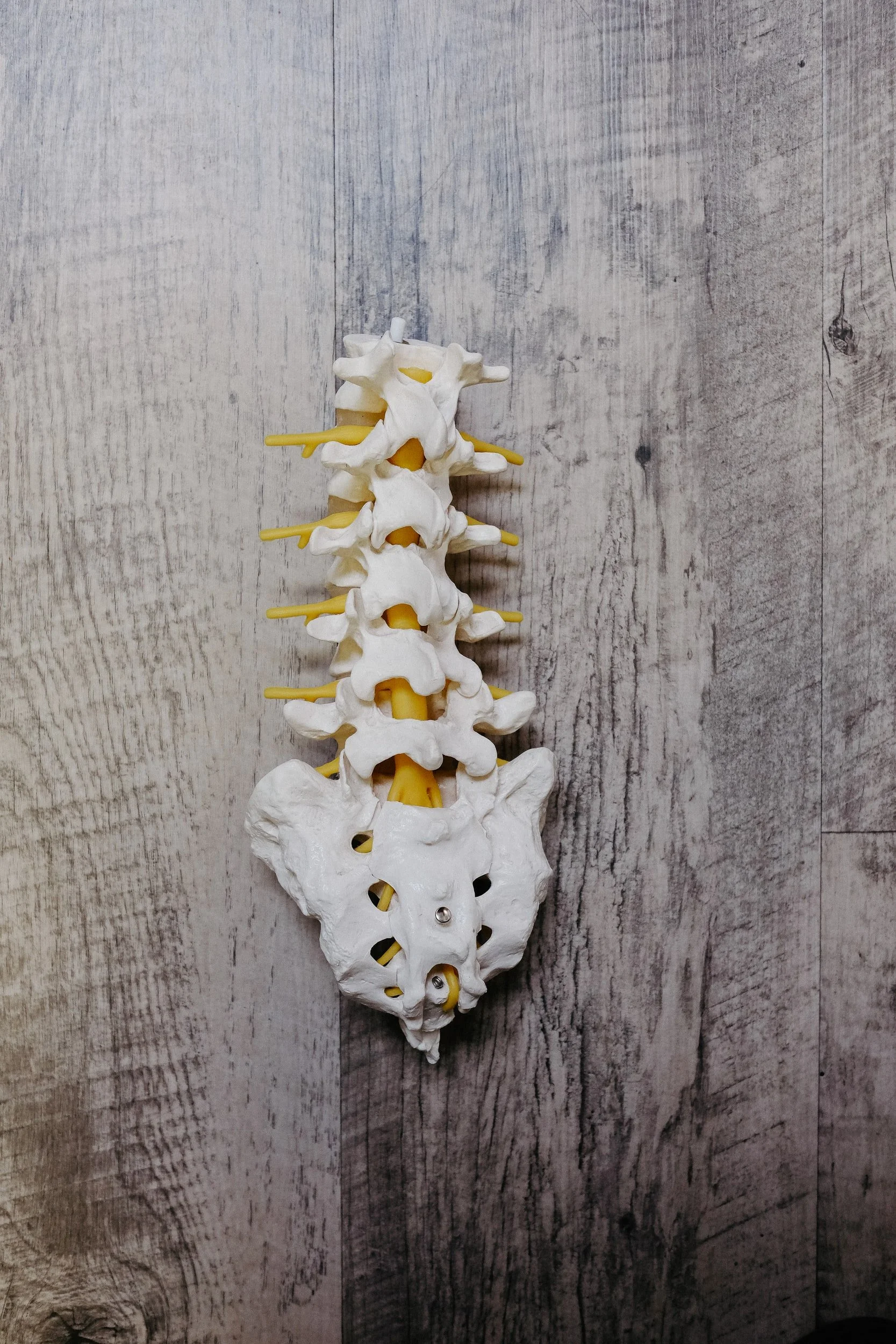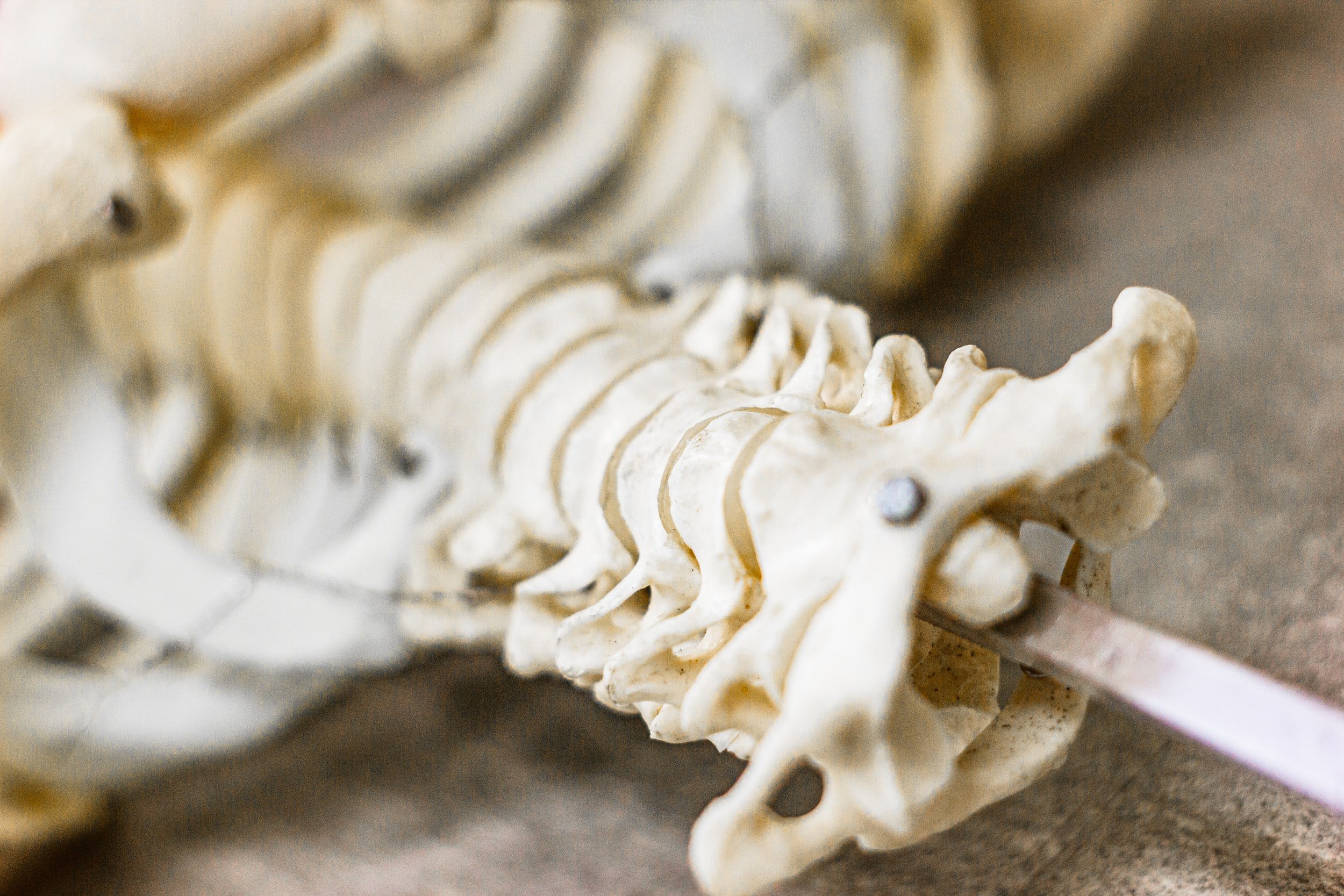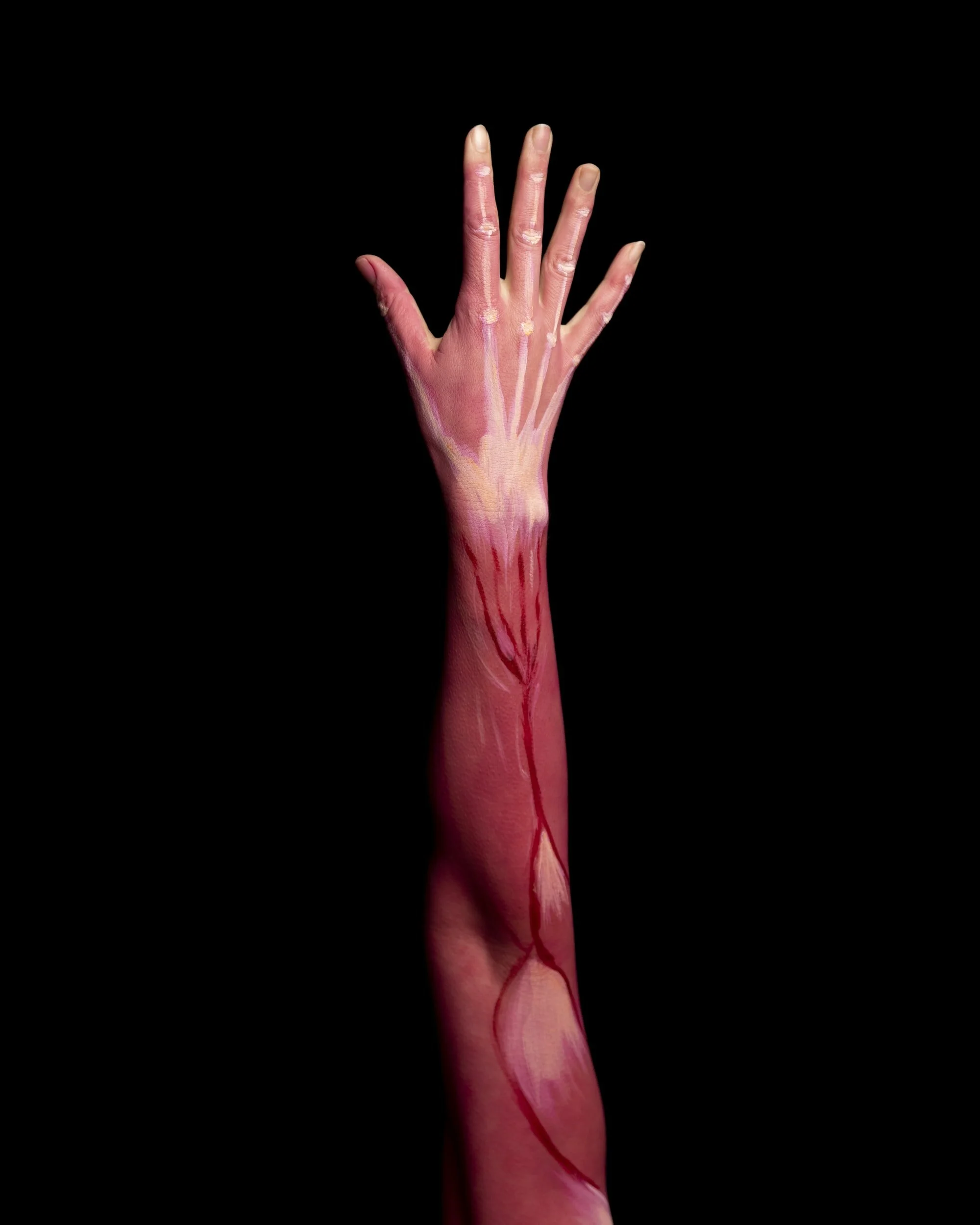Pain in the lower back, or lumbar region, can be debilitating. Many people seek solutions to their persistent lower back pain, and one such treatment is minimally invasive lumbar surgery.
Read MoreLumbar Laminectomy is a surgical procedure performed to alleviate pressure on the spinal cord or nerves. This pressure often stems from spinal stenosis, a condition where the spinal canal narrows over time due to factors such as ageing, arthritis, or injury.
Read MoreThe arena of modern healthcare has been witnessing significant innovations. One such advancement that has revolutionised spine health is Artificial Cervical Disc Replacement (ACDR), particularly using the Mobi-C technology.
Degenerative disc disease (DDD) is a condition that often elicits a sense of fear among patients. But this common, age-related condition is part of our body's natural ageing process.
Read MoreDr. Nitin Khanna, a renowned spine care specialist, is pioneering innovative techniques in neck pain treatment. His extensive experience and deep understanding of spinal health have positioned him as a leading figure in minimally invasive surgery.
Read MoreIf you have had a positive COVID test, been sick with a COVID-19 infection for a long period and are experiencing on-going back pain once your infection has passed, it is best to talk to your doctor or a spine care specialist about options available to lessen the pain. It is important that you let the physician know that you have had COVID and if back pain was a significant symptom for you.
Read MoreMIS was linked to a higher likelihood of satisfaction three months after lumbar fusion in patients with degenerative spinal conditions.
Read MoreFor people with chronic back or neck pain, the extra strain of accomplishing your to-do list can overshadow your holiday season. This year, plan ahead so you can get your holiday chores done with minimal pain.
Read MoreIn a recent study, it was shown that air pollution is associated with increased severity of rheumatoid arthritis (RA) disease.
Read MoreHow can I tell if my mother’s back pain is a normal part of aging or something more serious, such as a spine fracture?
Read MoreRecently, a new device has been introduced that reduces radiation exposure in pediatric spine surgery — the 7D flash navigation system. Using the same technology that a cell phone uses for facial recognition to unlock your cell phone, this uses the camera to look into the patients’ body through the incision.
Read MoreAs the team began looking at what was required for spinal movement and disc replacement they found a lot in common with what is required for that type of device. Then they realized the similarities between what they had developed and the phone hinge. The team began to focus on the challenge of designing a replacement that emulates the function of a spinal disc.
Read MoreSevere spinal cord injuries are incurable today in humans, but this therapy, involving liquid nanofibers that gel around a damaged spinal cord like a soothing blanket, produces chemical signals to promote healing and reduces scarring.
Read MoreLumbar canal stenosis is the narrowing of the spinal canal or the tunnels through which nerves and other structures communicate with that canal. Narrowing of the spinal canal usually occurs due to changes associated with aging that decrease the size of the canal, including the movement of one of the vertebrae out of alignment.
Read MoreCervical herniated disc pain and related signs are typically felt in one arm or the other. Symptoms can vary depending on which disc has herniated and which nerve root has become pinched or inflamed. Rarely, the pain, tingling, numbness, and/or weakness can go into both arms or lower in the body if the spinal cord is affected.
Read MoreThe researchers found that 39% of adults had back pain, 37% had hip, knee or foot pain, and nearly one-third had hand, arm or shoulder pain in the past three months. About one in 10 suffered from toothaches.
Read MoreIn a study about the use of muscle relaxants for low back pain, the authors concluded that there was scarce clear evidence supporting the use of muscle relaxants for low back pain.
Read MoreMinimally invasive technology has developed rapidly in spine surgery, with many technologies demonstrating significant clinical advantages, but others promising more than they could deliver and largely falling by the wayside.
Read MoreThis will help lead the digital transformation of spine surgery. Spine surgeons will be able to seamlessly work with various technologies to address more of the clinical challenges in surgery from a single platform.
Read More“We have come a long way with minimally invasive spine surgery, disc replacement, and safe spine surgery,” said Nitin Khanna, MD, orthopedic surgeon. “Working together [with our skilled staff] through the years has allowed for an extremely low complication rate.”
Read More


















